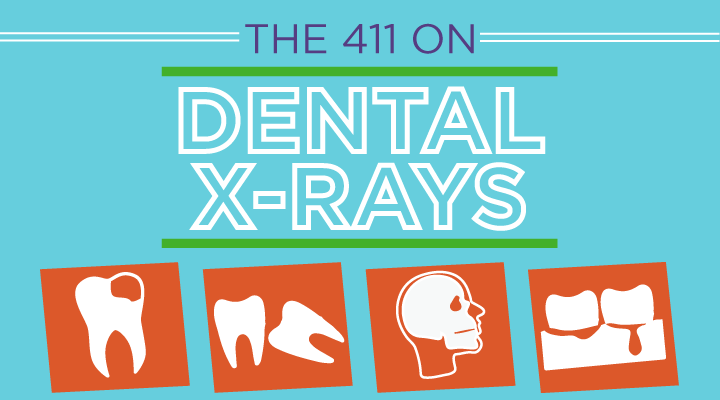X-rays are important for dental care because they can detect things we can’t see with the naked eye. So, what does that mean to you? Your dentist can catch problems before they get painful for your mouth and your wallet.
X-RAYS CAN HELP YOUR DENTIST FIND:
- Cavities – Tooth decay starts small. So small, in fact, that only an X-ray will show it. And when a cavity is that small, there are other ways to treat it that may save you from the drill and filling – like fluoride varnish or silver diamine fluoride.
- Impacted teeth – Between ages 17 and 21, our mouths change as our third molars, or “wisdom teeth” fully develop. X-rays are a helpful tool to see if their development or eruption will affect your other teeth. If your teeth are “impacted” it means they can’t erupt properly through your gums, and treatment may be necessary.
- Abscesses – An abscess is an infection that forms in the tooth, surrounding tissue (gums) or even in the jaw bone. Tooth decay, periodontal disease, or a crack in a tooth can cause an abscess to form. If left untreated, the abscess can have serious consequences that may even require surgery.
- Abnormal growths, such as cysts and tumors.
Dental conditions like cavities and abscesses are about as fun as they sound, so reduce your risks by caring for your oral health. Dental x-rays are a noninvasive method to learn more about the health of your mouth.
Are you pregnant?
Tell your dental care team if you are pregnant or trying to get pregnant if your visit includes x-rays. Dental X-rays don’t need to be delayed if you are trying to become pregnant or are breastfeeding, but the leaded apron and thyroid collar will protect you and your baby from unnecessary radiation exposure.
Want a closer look at dental x-rays? Check out our infographic:
